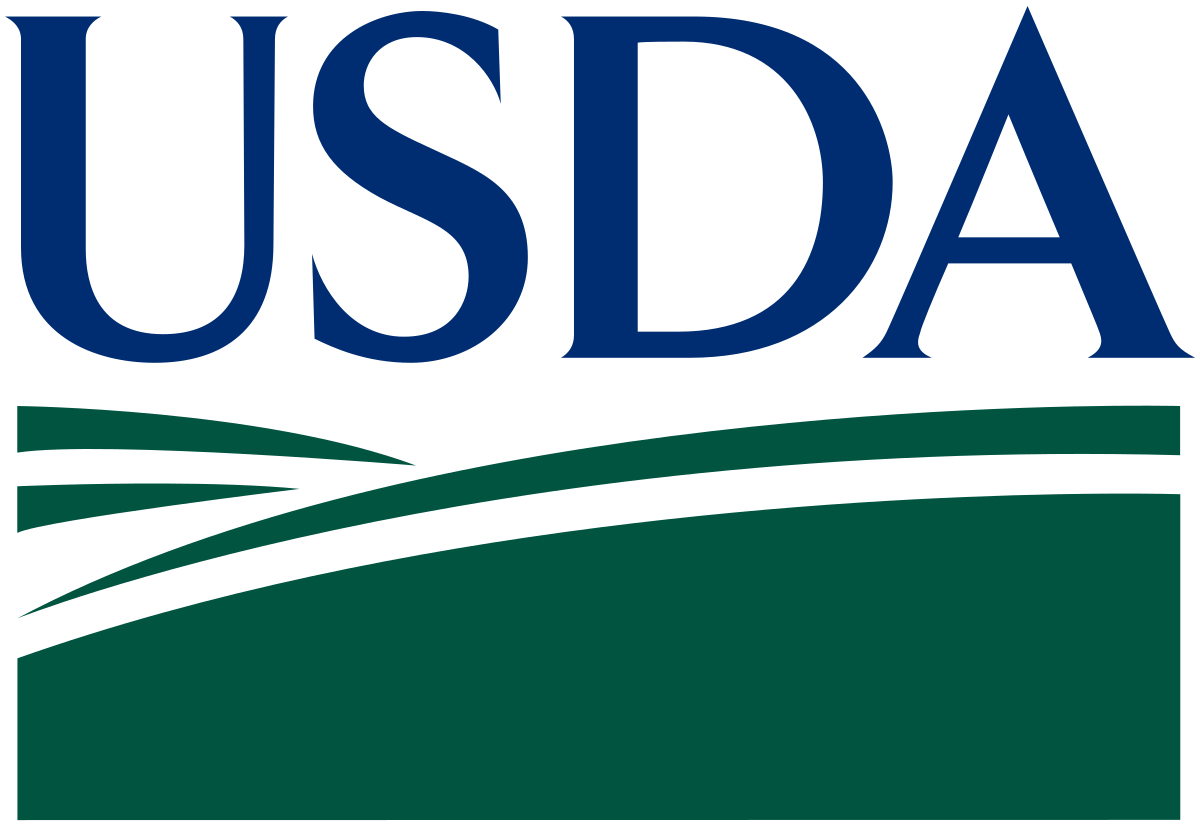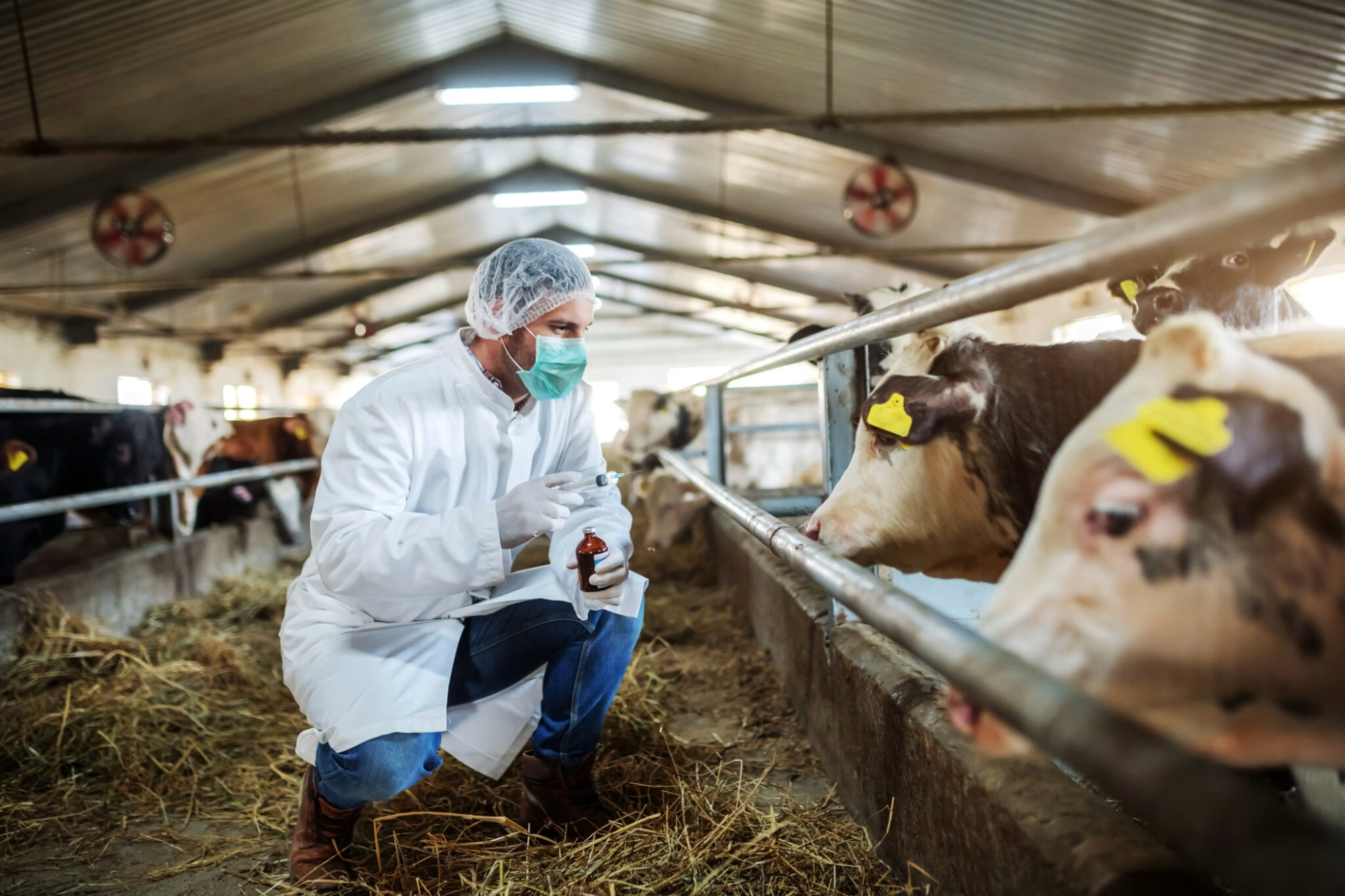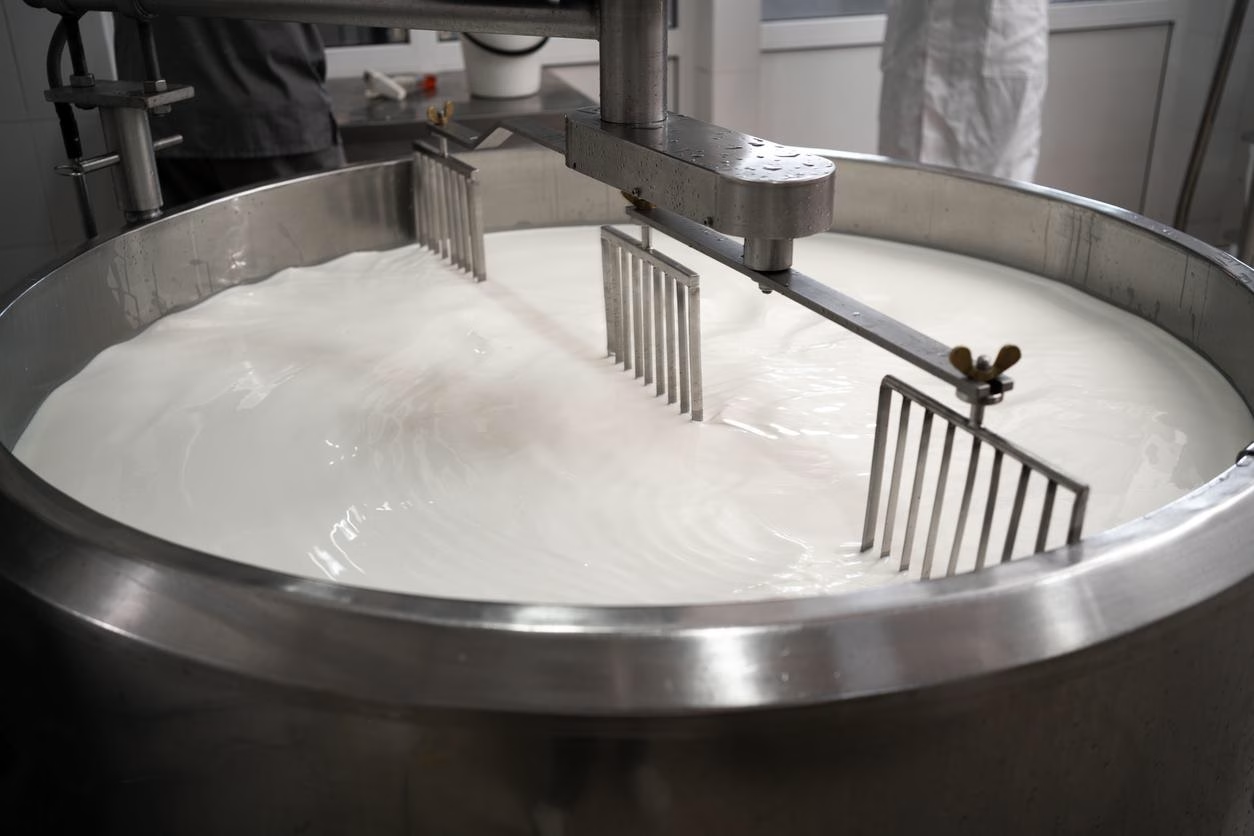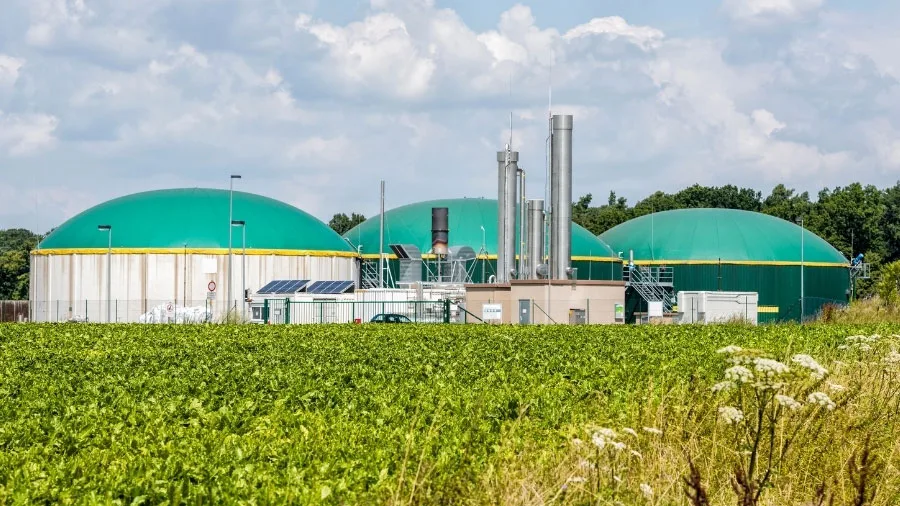Discover the USDA’s promising forecast for U.S. dairy exports in 2025. How will this impact your dairy farm? Keep reading to find out.
Summary: The USDA’s latest report projects steady growth in U.S. dairy exports for fiscal years 2024 and 2025, with expectations of $8 billion and $8.1 billion, respectively. While overall dairy imports and exports show minor fluctuations, there’s a notable increase in cheese and nonfat dry milk demand globally. Challenges such as currency strength and rising freight rates remain, but opportunities in underexplored markets like Southeast Asia and the Middle East hold promise. This growth, driven by increasing cheese prices and ongoing demand for nonfat dry milk and lactose imports, offers a practical opportunity for dairy farmers to expand their market reach. Dairy farmers should focus on improving product quality, cost management, market diversification, building relationships, and staying informed about current financial trends and projections to navigate these economic changes.
- USDA projects steady growth in U.S. dairy exports for fiscal years 2024 and 2025, with expectations of $8 billion and $8.1 billion, respectively.
- Global demand for cheese and nonfat dry milk is increasing.
- Challenges include currency strength and rising freight rates.
- Underexplored markets like Southeast Asia and the Middle East offer promising opportunities.
- To capitalize on growth, farmers should focus on product quality, cost management, market diversification, relationship-building, and staying informed about current economic trends.

Are you prepared to capitalize on the impending prospects in dairy exports? According to the USDA’s most recent prediction, U.S. dairy exports would reach an astonishing $8.1 billion in fiscal year 2025. This increase is more than just a figure; it reflects the growing worldwide demand for high-quality American dairy products such as cheese, nonfat dry milk, and lactose. Increased worldwide demand is driving increased cheese exports, nonfat dry milk remains a popular option in various global markets, and new markets are opening up for US dairy goods. As a dairy farmer, these estimates are more than just abstract facts; they offer a practical opportunity to increase your market reach. How prepared are you to capitalize on these future opportunities?
Forecasted Gains: An Optimistic Outlook for U.S. Dairy Exports in 2024
The present situation of U.S. dairy exports in fiscal year 2024 indicates a stable and favorable prognosis. According to the USDA’s most recent quarterly data, dairy exports total $5.9 billion. The USDA anticipates these figures to total $8 billion by the conclusion of the fiscal year. This prognosis stays consistent with past projections, indicating confidence in the market’s durability.
Several reasons contribute to this increasing trend, including rising worldwide cheese prices, which have piqued the curiosity of overseas purchasers. Furthermore, there is ongoing demand for nonfat dry milk and lactose imports. Together, these components offer a positive picture for the future of US dairy exports, implying that fiscal year 2024 might be a year of significant success and development for the sector.
Promising Projections: USDA Anticipates $8.1 Billion in U.S. Dairy Exports for Fiscal Year 2025
As we look forward to fiscal year 2025, the USDA predicts a positive growth in U.S. dairy exports to $8.1 billion. Several essential reasons contribute to this significant rise. Rising worldwide cheese prices have routinely produced increased income for US dairy exporters. Furthermore, a strong and consistent demand for nonfat dry milk and lactose imports still supports the expected increase in dairy export values. These factors contribute to the favorable prognosis for the US dairy sector, indicating significant market potential and ongoing demand from worldwide buyers.
A Golden Opportunity: Capitalizing on Rising Export Demands
These bullish export estimates not only provide a bright future for dairy producers but also a promising increase in profitability. Higher worldwide cheese costs and an increased taste for nonfat dry milk and lactose indicate a significant rise in demand for farm-direct goods. This rise in exports may result in more stable and higher milk prices, offering a financial buffer during economic uncertainty.
Furthermore, as overseas customers turn their attention to American dairy, the opportunity to broaden their market reach expands. This is an excellent chance to form new alliances and strengthen current ones, making your company more robust and prospering in a competitive global market. Increased export demand may result in greater use of your production capacity, a lower excess, and more predictable cash flow—all critical components of a sustainable and strategic agricultural enterprise.
Overcoming Obstacles: Navigating Currency Fluctuations and Ocean Freight Rates
The strong projection for US dairy exports may seem optimistic, but it is essential to examine the obstacles that might stand in our way. Farmers must handle two critical difficulties to capitalize on these opportunities appropriately: the rising value of the US dollar and variable maritime freight prices.
Fluctuating Ocean Freight Rates: Rising ocean freight charges pressure dairy export profitability. Higher transportation expenses might reduce profits, making it critical to investigate cost-effective shipping solutions. One practical recommendation is to sign long-term contracts with dependable transportation partners to lock in more consistent costs. Diversifying your export markets may also help reduce the risks associated with regional shipping cost variances. For instance, consider using bulk shipping or consolidating shipments to reduce per-unit costs. As for currency hedging, financial instruments like forward contracts or options can lock in current exchange rates, protecting your income from future currency swings.
Appreciating U.S. Dollar: A rising currency makes American dairy goods more costly for foreign consumers, possibly depressing demand. While you don’t have complete control over this, currency hedging is one brilliant technique to consider. In simple terms, currency hedging is a strategy that allows you to lock in current exchange rates using financial instruments. This protects your income from future currency swings, ensuring you can still make a profit even if the value of the U.S. dollar increases.
Furthermore, building ties with overseas customers might be crucial. By offering exceptional customer service and upholding high-quality standards, you can create loyalty that can survive price hikes caused by currency fluctuations. Don’t underestimate the value of engaging in trade missions or using government initiatives to boost agricultural exports.
While these problems complicate the environment, being proactive and intelligent may help you manage difficult times. Staying educated and adaptable may help dairy farms prosper in the global market.
Together We Thrive: Strengthening Our Dairy Community Amidst Export Growth
Isn’t it fantastic to see our industry’s exports continue to rise despite several challenges? However, we must remember that success is driven by our community’s strength and resilience, not simply the numbers. As dairy farmers, we are part of a distinct and close-knit community united by shared values and a common aim to supply high-quality dairy products globally. Sharing best practices, assisting, and cooperating when feasible may significantly impact the process. Have you explored networking with other farmers or joining a local cooperative to improve your operations? Consider the advantages of sharing insights into efficient manufacturing procedures, such as implementing automated milking systems or using sustainable farming practices, and market-trading tactics, like participating in trade shows or leveraging social media for product promotion. Together, we can strengthen and flourish the dairy farming community, ensuring every farmer has an equal opportunity to succeed in the face of increased demand and changing market circumstances. Let us support one another, understanding that we all benefit when one of us succeeds.
The Double-Edged Sword of a Stronger U.S. Dollar: Navigating Challenges and Opportunities
The strengthening of the US dollar is a two-edged sword for dairy producers. On the one hand, a higher dollar can purchase more on the global market, lowering the cost of imported inputs like equipment, feed additives, and fertilizers. However, this implies that US dairy goods will become more costly for overseas purchasers. This may make our exports less competitive since overseas purchasers may seek cheaper alternatives from other nations. So, how does this affect you, the typical dairy farmer?
First, recognize that demand for U.S. dairy goods may fall modestly as foreign consumers seek more economical alternatives. However, do not panic. The worldwide market for American dairy, exceptionally high-quality cheese, and new lactose products remains high. This reassurance should make you feel secure and prepared for potential changes in the market.
Here are some practical steps to navigate these economic changes:
- Enhance Product Quality: Focus on producing high-quality milk and dairy products. Higher-quality commodities often fetch higher prices, especially in competitive marketplaces.
- Cost Management: Tighten your operations to control expenditures better. Look for methods to reduce energy, labor, and feed costs while maintaining herd health and milk quality.
- Market Diversification: Research local markets or specialty product lines that may influence global pricing fluctuations. Organic milk, specialist cheeses, and dairy-based health products may provide more consistent results.
- Build Relationships: Build stronger ties with buyers and cooperatives. Long-term contracts and strong client bases might provide more stability during turbulent times.
- Stay Informed: Monitor current economic trends and projections. Being aware of prospective adjustments allows you to make proactive choices rather than reactive ones.
By being adaptive and carefully managing your farm’s operations, you can weather economic swings while prospering in the dynamic world of dairy farming.
The Dollar Dilemma: How Strengthening U.S. Currency Impacts Dairy Exports
The rise of the US currency has far-reaching consequences for dairy exports. When the currency appreciates, American items become more costly for international consumers, reducing demand. This situation presents a problem to dairy producers that depend on overseas markets to sell milk, cheese, and other goods. So, what does this imply for you, the dairy farmer? Fewer foreign purchasers might imply cheaper pricing for your items, thus reducing your profit margins.
However, knowing the economic environment might help you negotiate these shifts more successfully. Here are some practical steps you can take:
- Diversify Your Markets: Relying on only one or a few markets might be dangerous. Expand your consumer base to encompass both local and foreign customers. In this manner, a decline in one area will not be as detrimental to your total firm.
- Focus on Value-Added Products: Instead of selling raw milk, try making value-added goods such as cheese, yogurt, or lactose-free milk. These goods often have a better profit margin and may be less prone to price changes.
- Reduce Costs: Look for methods to make your processes more efficient. Whether via automated milking systems, improved feed management, or energy-saving technology, cutting costs may help you weather economic downturns.
- Stay Informed: Monitor financial news and reports that discuss currency fluctuations, trade policy, and global economic situations. Being aware of prospective changes allows you to make better-informed judgments.
Navigating the complexity of a strong US dollar may be difficult. Still, with intelligent preparation and adaptation, you may reduce some risks and continue succeeding in today’s harsh economic climate. Remember, resilience and flexibility are essential for converting obstacles into opportunities.
The Bottom Line
In summary, the USDA’s most recent projection portrays a positive picture for U.S. dairy exports, predicting strong growth through 2025, with total dairy exports anticipated to reach $8.1 billion. While there are challenges, such as shifting currency values and rising freight charges, the potential to capitalize on increased worldwide demand for cheese, nonfat dry milk, and lactose remains substantial. As a dairy farmer, this positive outlook should encourage you to consider how your farm may fit with these developing export markets.
How can you position your farm to maximize these attractive export opportunities? Stay current on market developments, improve manufacturing methods, and seek advice on handling export logistics. Being proactive and competent may help your farm prosper despite increasing export demands and contribute to the dairy community’s strength. Let us use this chance to safeguard our industry’s long-term success.


















